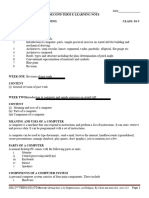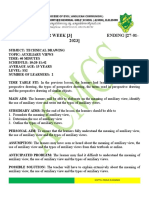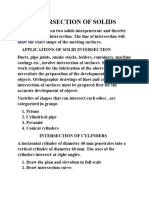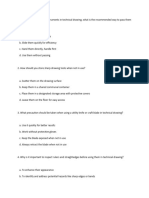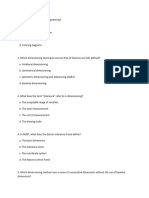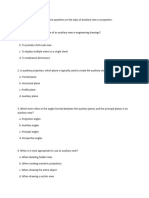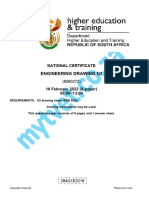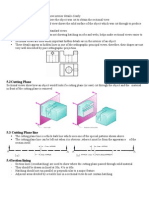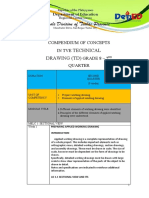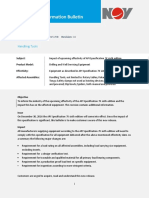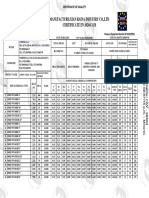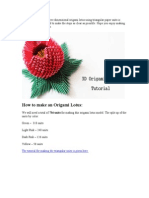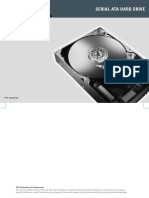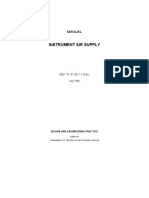0% found this document useful (0 votes)
1K views9 pagesSs3 Note On Assembly Drawing
The document discusses different types of technical drawings used in manufacturing, focusing on assembly drawings. It defines assembly drawings as drawings that show how product components fit together, and lists the typical elements of an assembly drawing like assembly views, part balloons identifying each part, and bills of materials listing the parts. It also discusses detail drawings, which contain dimensioned views of individual parts, and how assembly drawings are created by assembling parts shown in detail drawings.
Uploaded by
John EgbongCopyright
© © All Rights Reserved
We take content rights seriously. If you suspect this is your content, claim it here.
Available Formats
Download as DOCX, PDF, TXT or read online on Scribd
0% found this document useful (0 votes)
1K views9 pagesSs3 Note On Assembly Drawing
The document discusses different types of technical drawings used in manufacturing, focusing on assembly drawings. It defines assembly drawings as drawings that show how product components fit together, and lists the typical elements of an assembly drawing like assembly views, part balloons identifying each part, and bills of materials listing the parts. It also discusses detail drawings, which contain dimensioned views of individual parts, and how assembly drawings are created by assembling parts shown in detail drawings.
Uploaded by
John EgbongCopyright
© © All Rights Reserved
We take content rights seriously. If you suspect this is your content, claim it here.
Available Formats
Download as DOCX, PDF, TXT or read online on Scribd
/ 9
